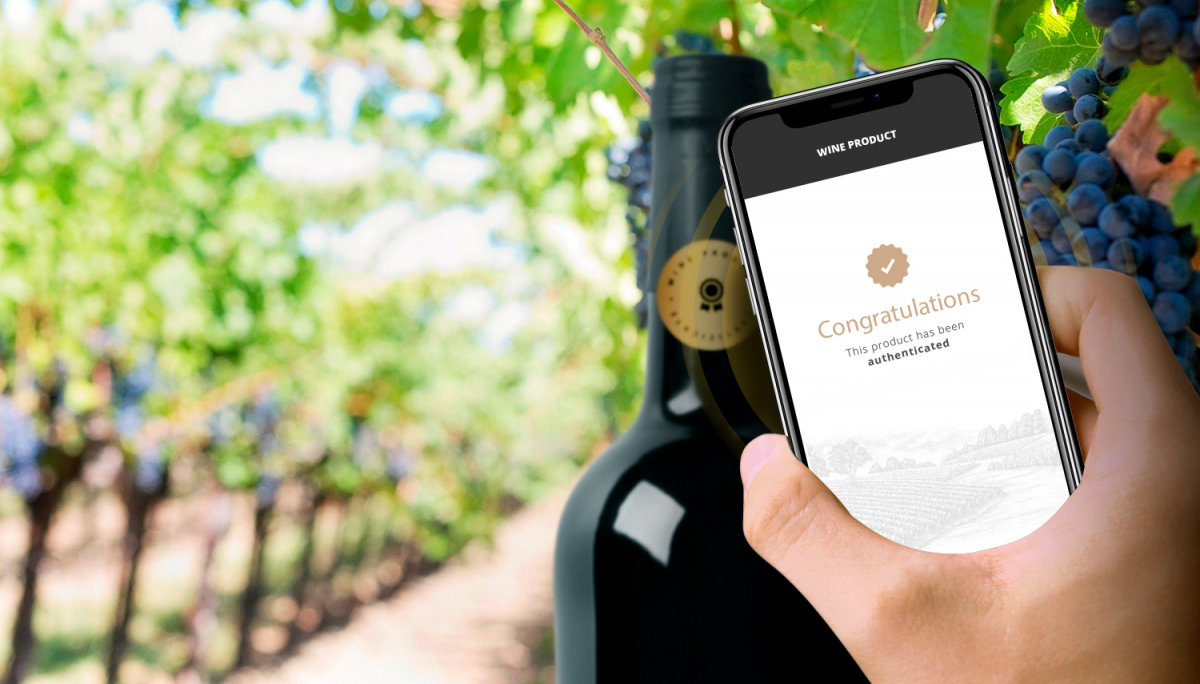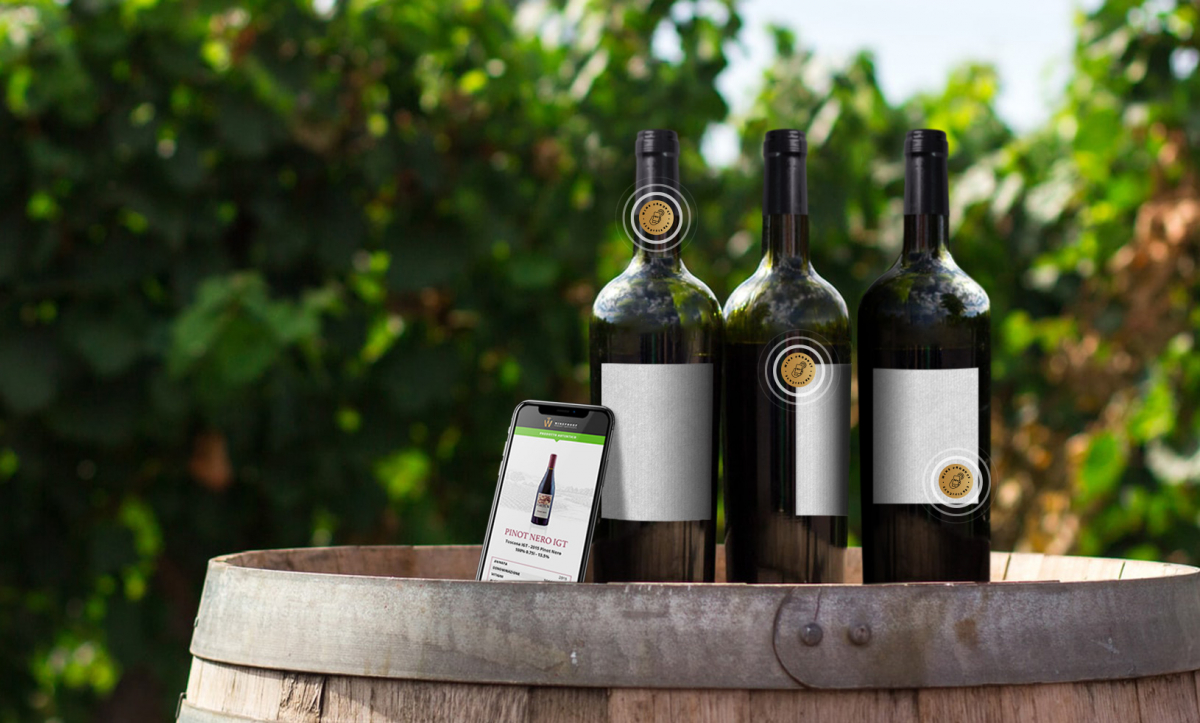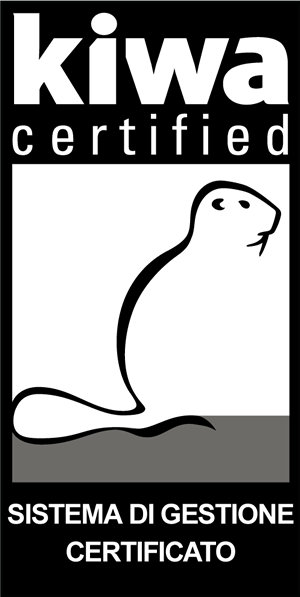The danger of fakes in the wine market
The wine sector is the one in Italy with the highest number of discovered and reported frauds:
Prosecco Wine has confirmed the title of the most falsified made in Italy product in the world. These numbers are shown in the 2019 report of the activity carried out by the Central Inspectorate of the protection of quality and anti-fraud of agri-food products (Icqrf) of the ministry of Agricultural and forestry policies, the main Italian anti-fraud authority in the agri-food sector and world leader institution for the number of controls in sectors such as wine, oil, “organic” products and cheeses.
The total amount to be considered is 100 billion euros for the entire agri-food market and the wine is on top of the list.
The control and seizure of counterfeit products is concentrated abroad, on websites and marketplace even in collaboration with three of the major online business portals: Alibaba Amazon and eBay, with thousands of interventions. In addition to Prosecco, the most affected wines by fraud are Montepulciano d’Abruzzo, Nero D'Avola, Barolo, Chianti and the Super Tuscany Wine. The fraud of this kind of wines, considering the sales value of the original bottles, offers to those who operate frauds and false bottle productions very high profit margins.
The weak of the law
From January 2021 in China there will be a new legislation "against the use in the designation or in the presentation of any element that indicates or suggests that the product in question is originating in a geographical area different from the true place of origin, in order to not confuse the customer on the geographical origin of the product ". A new legislation to say “stop” to fake wine market in the territory: bottles made who knows where with copied and counterfeit labels sold at huge prices. A very unstable legislation, considering the initial situation: the large variety of labels and denominations that fractionates the request and application of protection mechanisms.

How to protect the authenticity of wine: NFC Tag.
To protect products for a long time, we try to exploit technologies that can transform a visual and contact element with the consumer (or with a distribution operator) in a real proof of authenticity.
However, many of the technologies used to date such as QR codes or holograms, are easily reproducible and consequently falsifiable. The advent of contactless payment has moved the universe of smartphone manufacturers in equipping own products of NFC readers (Near Field Communication). This innovation has given the possibility to use the NFC technology in different sector and use unique “embedded” tags, with a verified serial number that cannot be reproduced either let alone falsifiable.
Wine producers from large wineries to independent producers can finally rely on a reliable system to safeguard the value of its products on the international markets. NFC tags can be applied to bottles during the multiple steps of the production of wine, up to the final bottling, hermetic closure and the affixing of the official label. It is possible to define a very simple coding process, or insert pre-coded tags whose serial number is known only to the manufacturer itself. For an additional level of security, are available NFC tag equipped with “rolling code” technology. In this case, the red tag is authenticated only by combining a token generated “on the fly”, the same of banking transactions.
Alternatively, thanks to the recent release of the “app clips” micro-services, it is possible to authenticate the NFC tag by reading the reserved memory area of the chip: only the manufacturer can insert in the App Store the application capable of reading since an encrypted password is required and this makes the authentication level extremely secure.

Possible application
• Anti-Counterfeiting
The consumer habits of customers for a barrier-free market have made the wine market as multichannel.The scandals linked to counterfeiting affect today all regions of the world and all types of wines: counterfeiters can easily make a lot of profit without risk both with entry wines, medium range and with prestigious names. Consumers, distributors and catering operators ask themselves more frequently about the authenticity of the product with whom are in direct contact and through the adoption of NFC technology together with the Temera t! Journey platform, will have an effective tool for verify authenticity. Just with a “tap”!
• Parallel Market
The value of a label does not depend only on the quality of the product: distribution has an equally important role. Both for direct sales and through a professional network, it is not convenient to see bottles appearing on markets that are not chosen by the brand. It is possible to use the NFC tag to trace the distribution network and provide inspectors and operators a tool to verify authenticity in a simple way. By the involvement of the end customer, is it possible to do much more:the “tap” information allows to understand where products are located, map interactions to perform behavioral analysis or even make sure that artificial intelligence algorithms notice any anomalies receiving timely reports.
• Re-Filling
Opening a bottle without leaving any sign of forced entry is simple. Some savvy people working in catering and restaurant have understood this behavior.
The re-filling and re-sale of these bottles have become a recurring fraud for old vintages and a damage to the notoriety of the brand. There are new types of “Tamper Proof” tags that can be applied to the capsule in proximity of the cap. If this capsule would be violated, the tag does not stop working but changes state. The response to the interaction of a smartphone changes from "authentic, closed" to “Authentic, opened bottle”. This is an additional technological component to fight fraudulent behaviors that damage the brand image and at the same time deceive the consumer.
• An hidden treasure: marketing data and activities
Those who think that protecting their products is a cost, do not consider a complete design. Every single “tap” represents a very precious source of information. First of all: it is possible to obtain anonymous information about the product used for the interaction, find out time place of interaction as well as knowing the technology of the smartphone and the system operating of the devise used for the tap. It is also possible to have a higher level of detail, requiring the consumer to accept a privacy policy it is possible to geo-locate the interaction in a precise way and subsequently propose to carry out a "registration" of the product. By submitting a customizable questionnaire to get a complete feedback on further information: you can request an email address (for future communications), the place of purchase or consumption (to check the distribution network) request feedback on taste o on the experience to build a database of great value.
